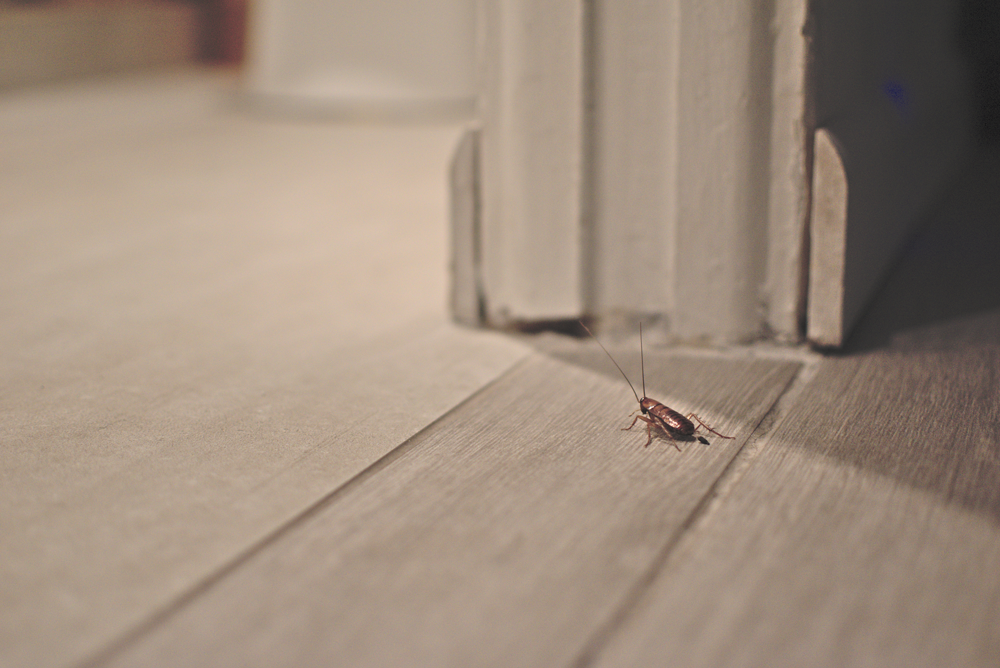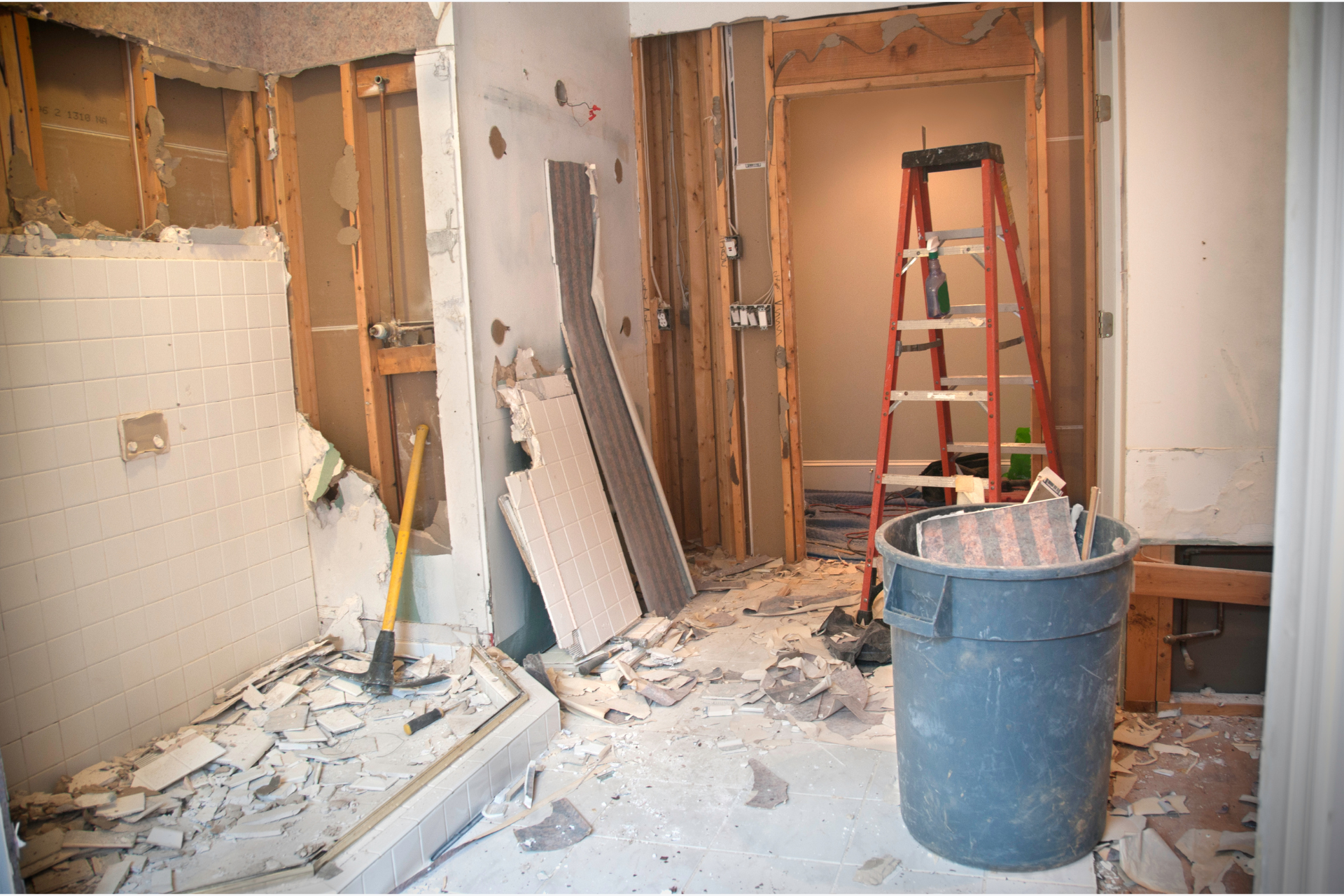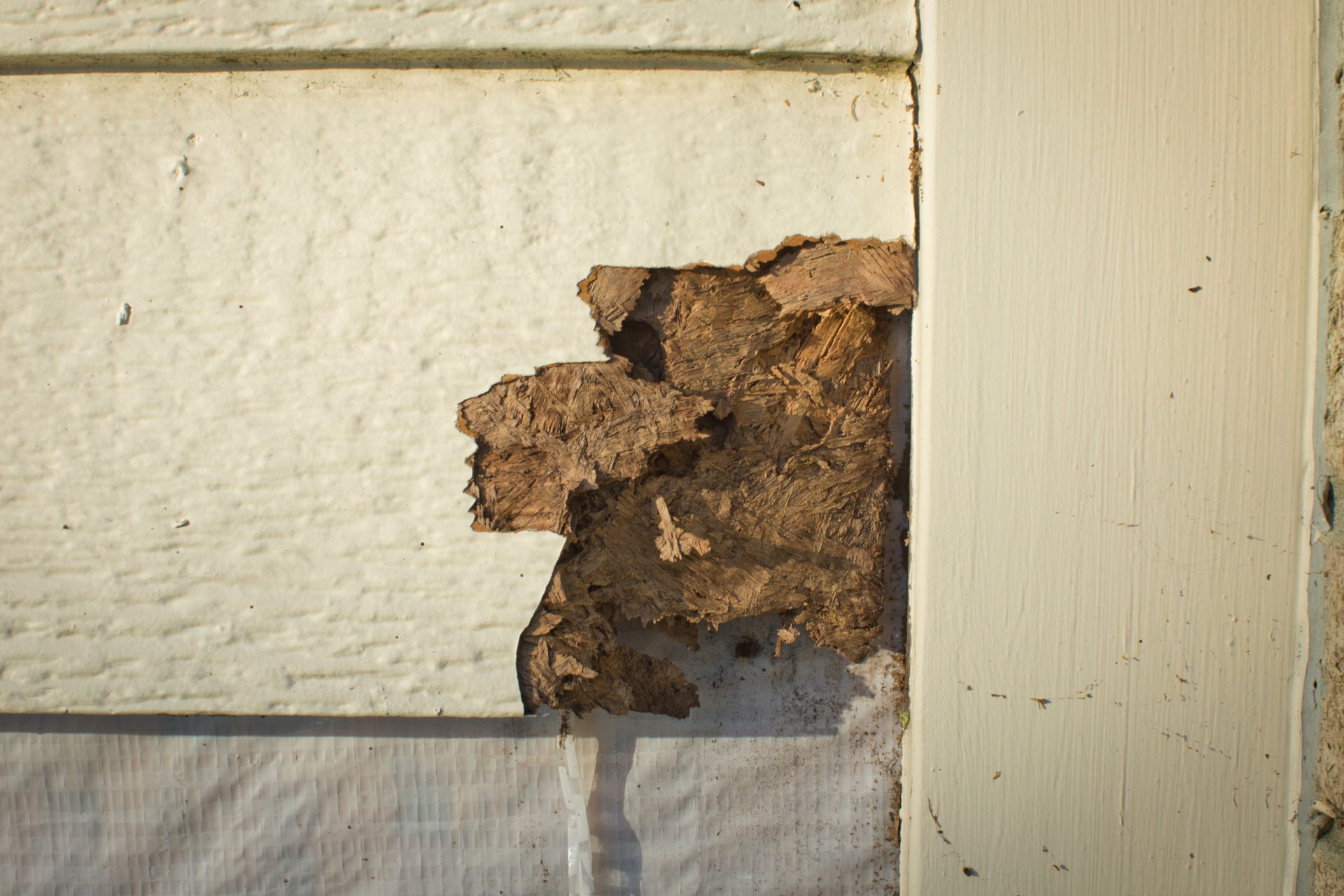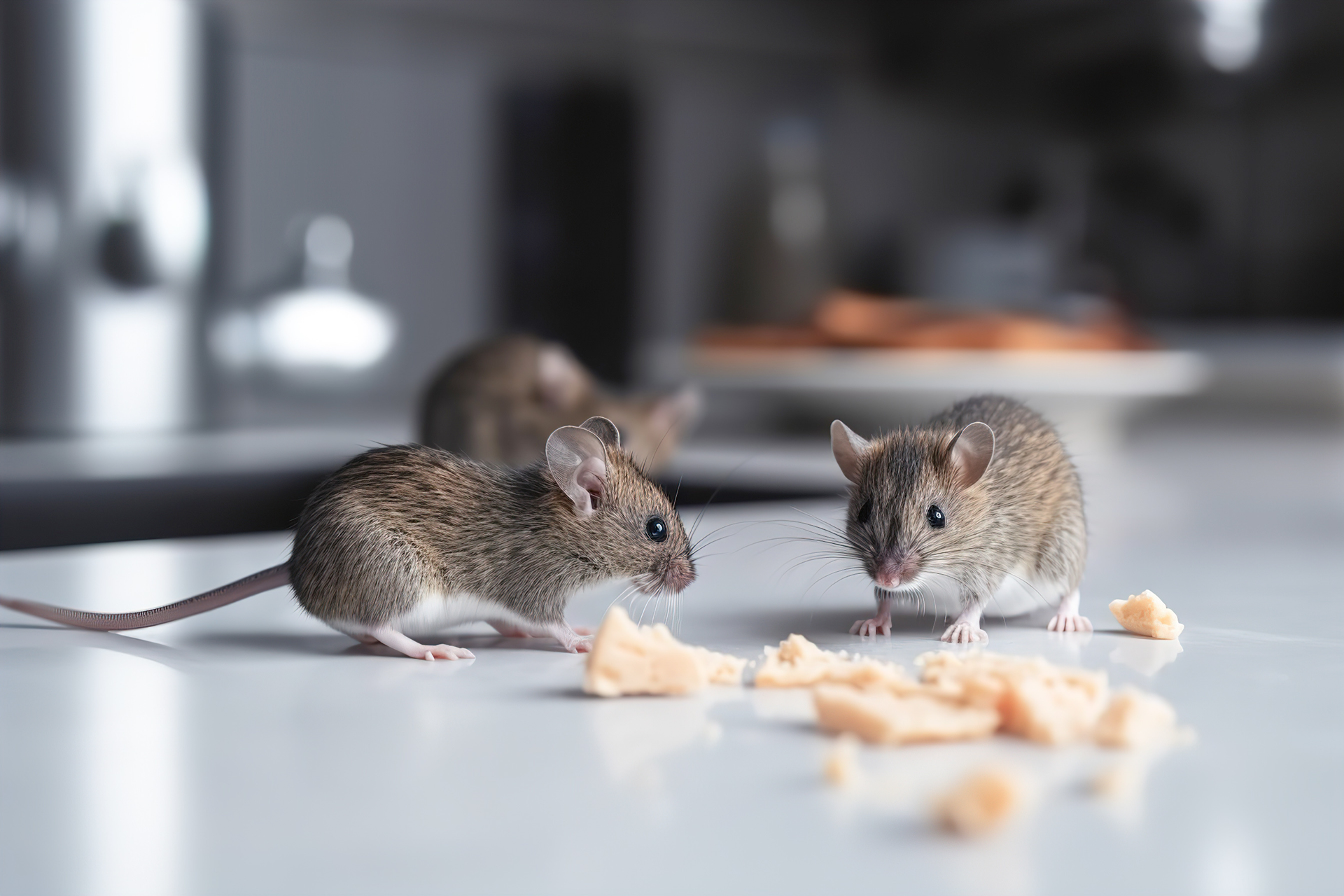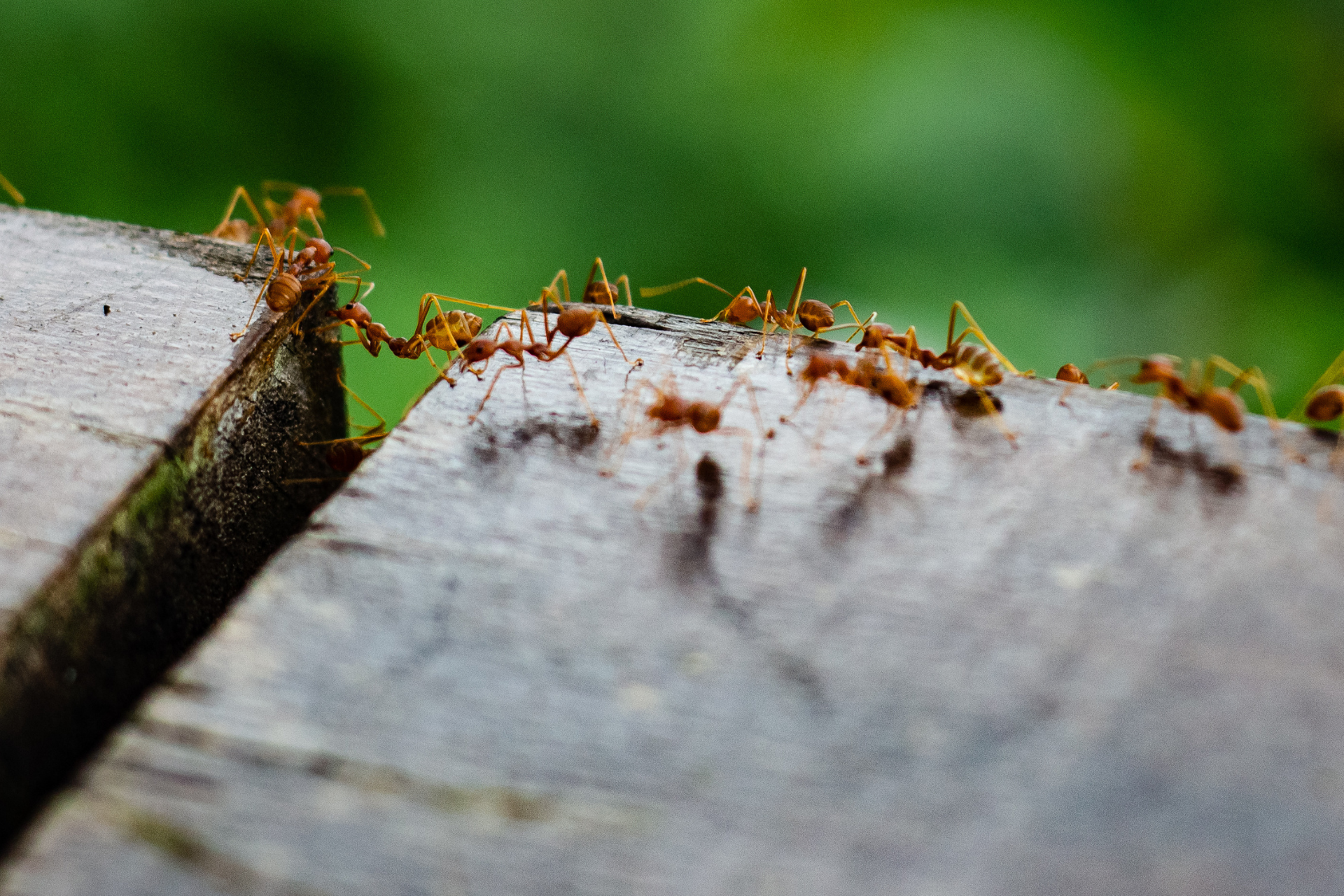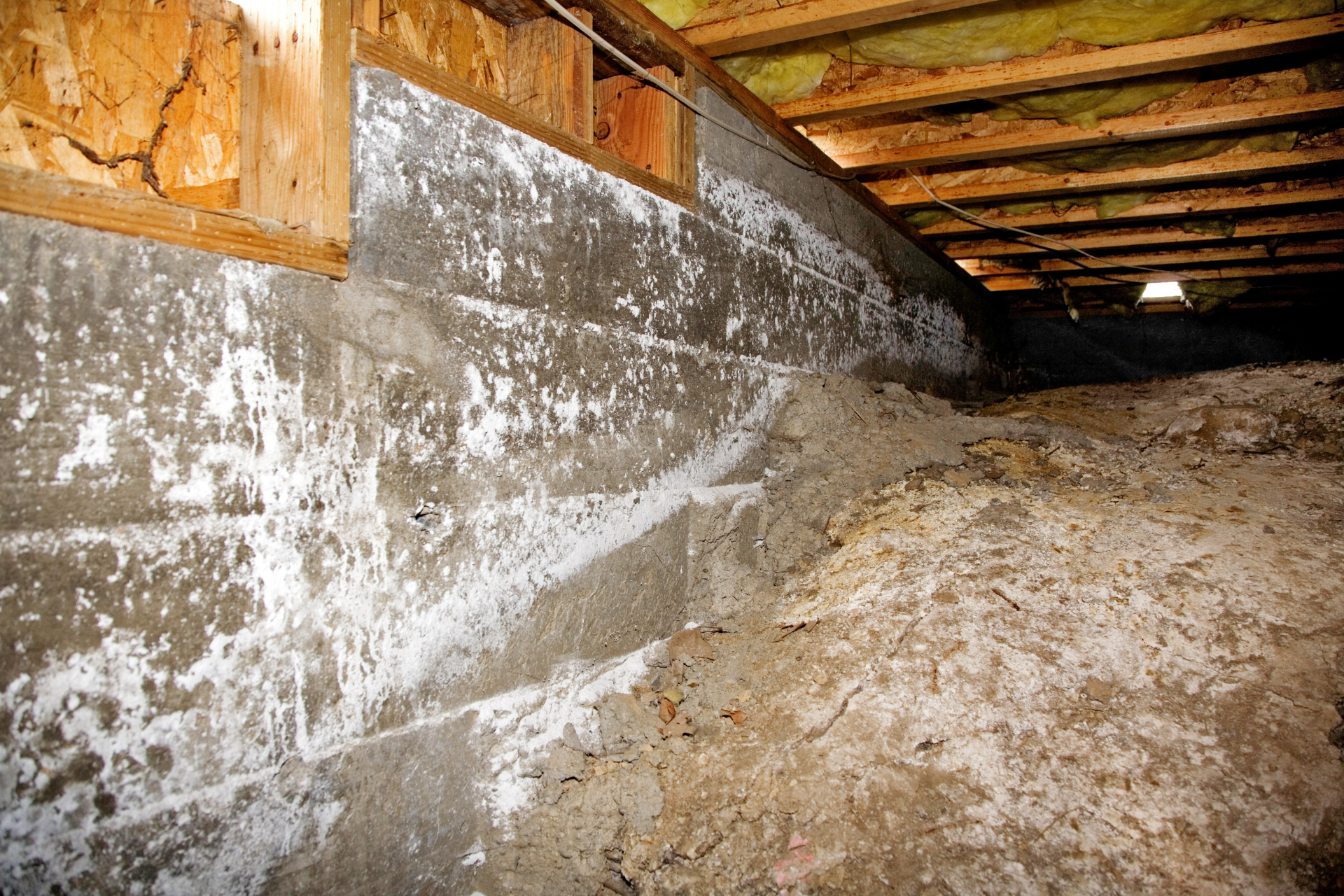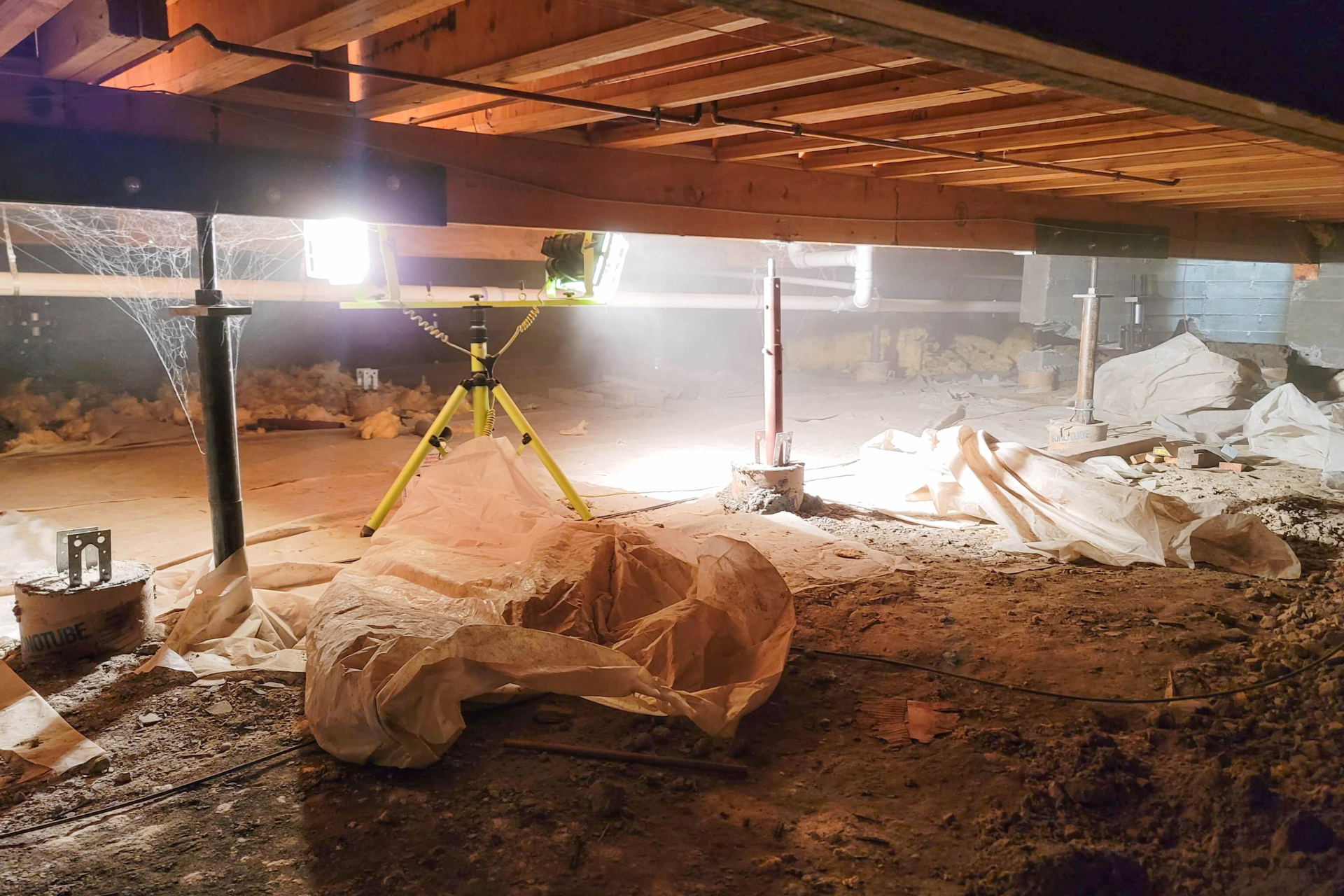The Buzzing Impact On Real Estate
In the intricate world of real estate, where value is often perceived through aesthetics and location, a hidden player often lurks beneath the surface, waiting to make its presence known: pests. The relationship between pests and property values is a topic that transcends the mere annoyance of unwelcome critters; it delves into the financial and emotional realms of real estate transactions. Whether you're a buyer seeking a new home, a seller looking to maximize returns, or an investor eyeing potential opportunities, understanding the nuances of this relationship is paramount.
Common Pests Found In Homes
One of the most formidable foes in the world of real estate, termites can wreak havoc on a property's structural integrity, often without anyone noticing until it's too late. These tiny, wood-devouring insects collectively cause billions of dollars in damage each year, silently undermining the stability of homes and buildings.
Rodents, such as mice and rats, not only provoke squeamish reactions but also pose genuine threats to property values. Their gnawing habits can compromise insulation, wiring, and even pipes, potentially leading to costly repairs and safety hazards.
The resurgence of bed bugs in recent years has been a cause for alarm, particularly in densely populated urban areas. These blood-feeding pests can turn a cozy bedroom into a discomfort zone, leading to not only sleepless nights but also impacting property values.
While cockroaches and ants might seem like minor annoyances compared to termites and rodents, their presence can signal larger issues. Infestations of these pests can point to sanitation or structural problems, influencing potential buyers' perceptions of a property's worth.
Pest Impact on Property Values
Pests, especially termites, can directly damage a property's physical components. Repair costs can quickly escalate as infestations go unnoticed, impacting a property's resale value. Structural integrity issues can arise, compromising safety and leading to significant price adjustments. It isn’t just a matter of property damage though; they also pose health risks. Allergies, respiratory problems, and even diseases can be associated with infestations. The prospect of living in an unhealthy environment can deter potential buyers, thereby decreasing demand and driving down property values.
The psychological impact they have on potential buyers cannot be underestimated. The stigma of an infestation can instantly lower the perceived value of a property, even if the actual damage is minimal. Buyers might associate pest presence with a lack of maintenance or overall neglect. The dynamics vary greatly between urban and rural settings. Urban areas often face challenges like bed bug infestations due to high population density, while rural areas might deal with other pest intrusions. Understanding these differences is essential for accurate property valuation. Location and environment play a significant role in their prevalence. Proximity to water sources, forests, and other natural habitats can increase the likelihood of infestations. Additionally, climate and seasonal variations influence the types that thrive in a given area.
How To Mitigate Pest Issues For Properties
Pre-purchase inspections by qualified professionals are a critical step in real estate transactions. These inspections can uncover hidden infestations, allowing buyers and sellers to make informed decisions about pricing and negotiations.
Control doesn't end with the purchase; ongoing measures are crucial for maintaining property values. Regular inspections and preventive treatments can prevent infestations from taking hold, preserving a property's appeal and value. Advancements in techniques have revolutionized the industry. Integrated Pest Management (IPM) approaches combine various methods, from chemical treatments to cultural practices, minimizing environmental impact while effectively managing pests.
Real-world examples abound of properties that suffered substantial value declines due to these issues. These case studies highlight the importance of proactive management and reveal the potential financial repercussions of neglect. On the flip side, success stories showcase the remarkable turnaround that can occur when effective management is implemented. Properties that were once plagued by pests and plummeting values have regained their appeal and worth through strategic intervention.
How to Spot Signs of a Problem During Property Viewings
Prospective buyers, sellers, and investors should familiarize themselves with signs of an infestations during property viewings. These signs might include droppings, gnaw marks, or even peculiar odors. Collaborating with professionals ensures that potential issues are identified and addressed appropriately. Their expertise can safeguard investments by preventing value depreciation.
Buyers and sellers can take measures to ensure a pest-free property. This includes sealing entry points, maintaining cleanliness, and addressing moisture issues, all of which can minimize the risk of infestations.
In the intricate interplay between pests and property values, a deeper understanding emerges: the health and financial well-being of a property are intertwined. By acknowledging the pervasive impact on the real estate landscape, we empower ourselves as buyers, sellers, and investors. From the quiet destruction wrought by termites to the unseen health risks posed by rodents, they cast a shadow that extends beyond nuisance into the realms of economics and emotions. As we stand at the nexus of modern management techniques and evolving ecological realities, we are afforded the opportunity to shape a future where properties thrive, untainted by the subtle disturbances of the buzzing underworld. Contact At Ease Pest Solutions for all your pest control needs.
Troutman Branch
694 South Main Street
Troutman, NC 28166
704.761.9697
